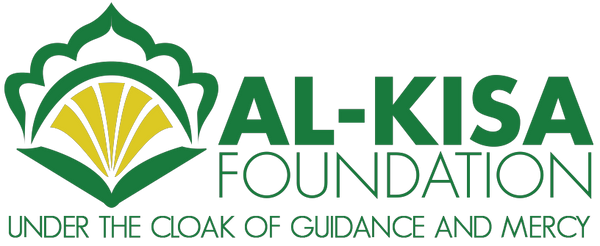KISA VISUAL ART CURRICULUM
“NURTURE AND RAISE YOUR CHILDREN IN THE BEST WAY. RAISE THEM WITH THE LOVE OF THE PROPHETS AND THE AHL AL-BAYT (ʿA).”PROPHET MUḤAMMAD (Ṣ)
The Art Curriculum Guide has teaching tools and materials to help in implementing art lessons. It has information to guide art teachers and homeschool parents in areas like art terminology definitions, introduction to the characteristics of Islamic art, guides to art critique, art assessments, and includes many other printable resources. This curriculum was intentionally created and designed to make it easy for any school or home to set up a robust art program. Please review the guide before you begin work on the art projects.
The true essence of a schooling system is to provide the tools to its students in a holistic manner, such that an individual can flourish into a perfect human being from all angles—be that from an academic lens, a social setting, and most certainly a moral or akhlāqi approach.It is for this reason that RISE Schools and Al-Kisa Foundation developed the Roots of Risers program to implement in the Al-Kisa Education System, throughout the various schools, Islamic Curriculum, and Art Curriculum.
The Roots of Risers are character building (akhlāq) traits based on the teachings of the Qurʿān and Ahl al-Bayt, and it is our hope that by strengthening our roots, our tree of life will be healthier, and bear better fruit. While the tenets of akhlāq are many, we looked at the wealth of content on the various akhlāqi topics, and picked seven that felt like were the broad strokes of akhlāq.
With that being said, the Roots of Risers are:
Guardianship, or Wilāyah
Trust, or Amānah
Patience, or Ṣabr
Mercy, or Raḥmah
Respect, or Iḥtirām
Gratitude, or ShukrJustice, or ʿAdālah
The goal of the Art Curriculum is to incorporate these Roots of Risers in a creative and fun way, engaging with the student, as well as providing an akhlāqi lens to their creativity. Using art, we can use different teaching methods to implement principles that apply to family life, social life, emotional abilities, morality, etc.We hope that you and your children enjoy these creative lessons and use them as a means to achieve this goal, inshāʾAllāh.
We would like to make this a communal effort and platform. We sincerely welcome constructive feedback and help in any capacity.We pray to Allah to give us the strength and tawfīq to perform our duties and responsibilities.
With Duʿās,
Nabi R. Mir (Abidi)
OVERVIEW“And the Earth, We spread it out, and cast therein firmly set mountains and We have made to grow therein of all beautiful kinds; to give sight and as a reminder to every servant who turns to Allah.” Noble Qurʾān [50:7-8]
Allah’s two beautiful attributes are al-Khāliq (The Creator) and al-Muṣawwir (The Designer, The Fashioner, The Shaper). The Noble Qurʾān guides us to observe nature and to reflect on the wonders of creation. Each creature and each phenomenon in nature is a sign of Allah, and these signs when contemplated on, reveal the attributes of Allah. While describing heaven, the Noble Qurʾān uses examples that invoke images of beauty and grandeur in our minds. Allah speaks to us about the beauty and wonders of His creation in Sūrah ar-Raḥmān and in various other verses. Creating art is one of the ways through which we observe the marvels of nature and connect with our Creator.
Art is also essential for a child’s emotional, sensory, creative, spiritual and intellectual development. A well-rounded art education develops a child’s visual communication skills, stimulates creative thinking, and promotes the use of imagination. It cultivates problem solving skills, enhances socio-cultural development, and is a beautiful way to help develop a child’s self-esteem.The Kisa art program also aspires to the following goals:
- To enhance the holistic development of our children.
- To enable our children to learn the creative nonverbal language of artistic expression.
- To fortify our children’s spiritual-social-emotional learning through the creation of art projects based on Islamic principles.
- To complement and enhance the religious education our children receive.
- To teach children the rich and diverse history, culture, and heritage of Islamic arts.
- To help children develop mindfulness through the process of creation of traditional Islamic arts.
I sincerely thank you for being a part of this beautiful journey.
With duʿās,
Siddiqua Shahnawaz
